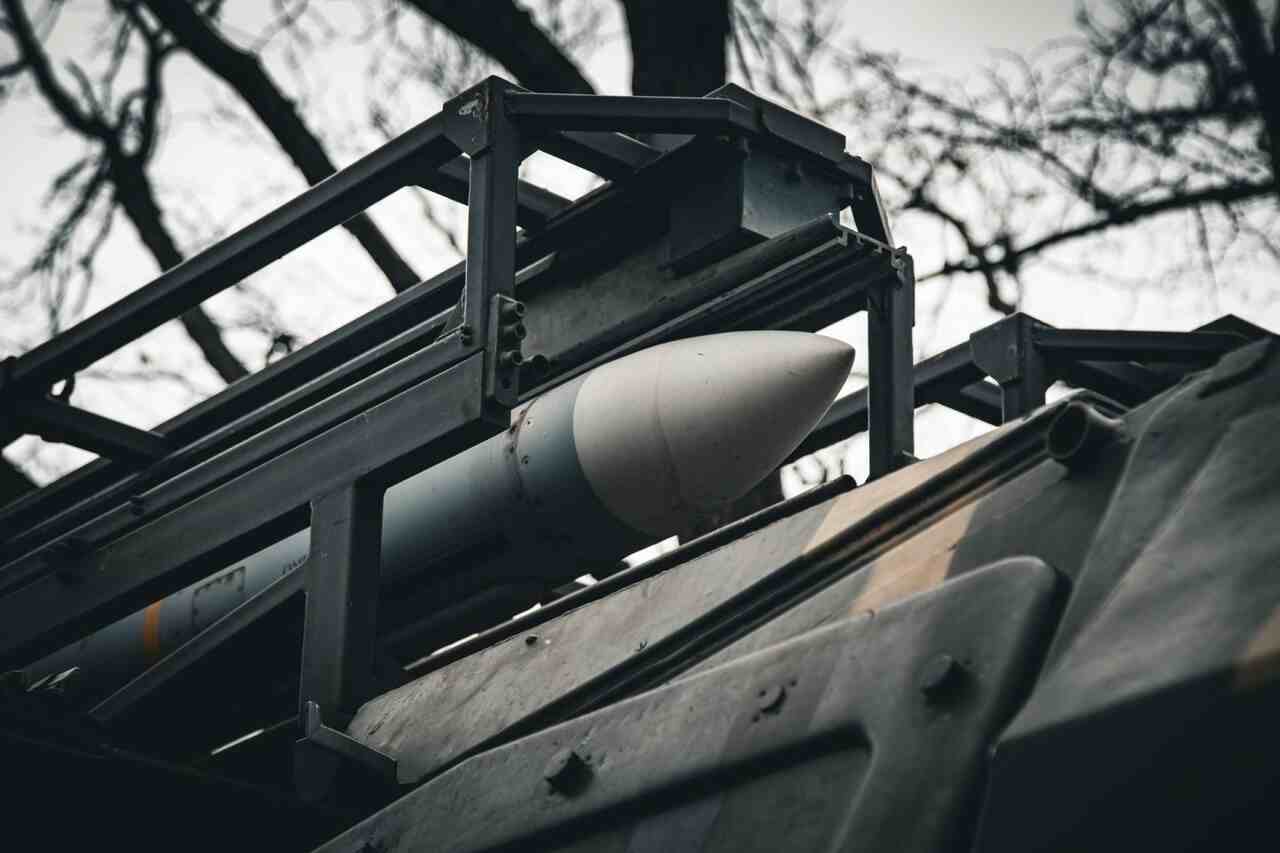 Officer details the operation of Buk anti-aircraft systems in Ukraine (Photo: Ukrainian Air Force Command)
Officer details the operation of Buk anti-aircraft systems in Ukraine (Photo: Ukrainian Air Force Command)
Senior Lieutenant Stanislav, Ukrainian operator of the Buk anti-aircraft system, discussed the specifics of using the equipment in a recent interview.
In the chat, shared by the Air Force Command, the 22-year-old soldier detailed the functioning of the defense systems after the modernization that integrated American missiles into the Buk.
Stanislav works on the eastern flank of the front, where he is responsible for protecting ground forces from aerial threats. Soldiers use ambush tactics, limiting the capabilities of Russian tactical aviation.
According to him, Ukraine’s air defense systems continue to be one of the primary targets of the Russians. However, with the integration of the American RIM-7 Sea Sparrow missiles, the range of the Buk has been reduced, so the military needs to operate on the front line for effective defense.
According to Yuriy Ihnat, spokesperson for the Air Force, this modernization has limited the system’s potential due to the inferior performance of the missiles.
The RIM-7 is capable of hitting airborne targets at a distance of up to 20,000 meters and up to 15,000 meters in altitude. In comparison, the now scarce 9M38 could intercept objects at a distance of up to 32,000 meters and at an altitude of up to 20,000 meters.
“They [protect], although in a small radius. The Sea Sparrow missiles will primarily help protect critical infrastructure facilities,” Ihnat emphasized.
Another drawback of the American missiles is the reduction in ammunition storage capacity. Now, instead of four 9M38 missiles, the Buk only carries three Sea Sparrow interceptors.
Photo and video: Ukrainian Air Force Command. This content was created with the help of AI and reviewed by the editorial team.

